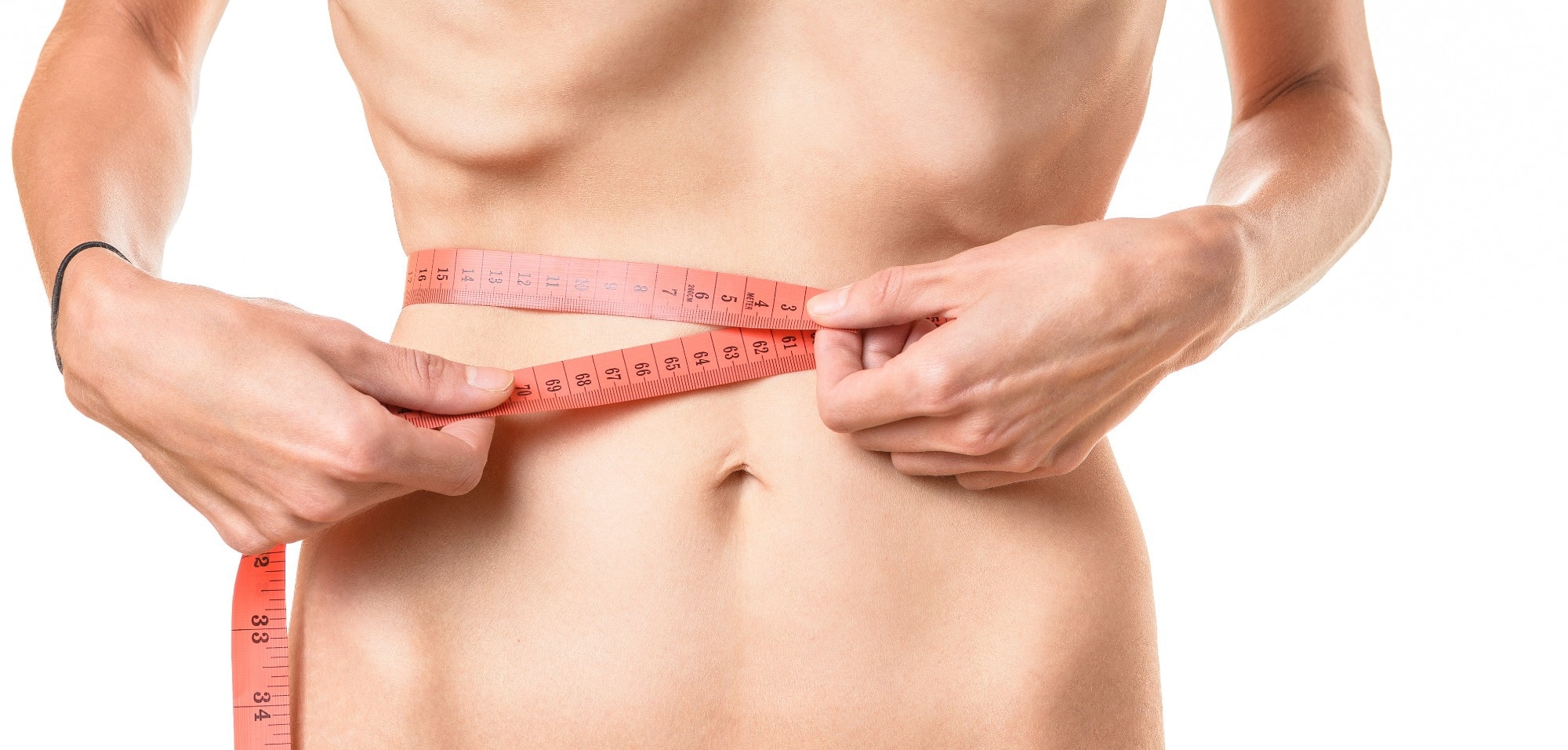In a recent study published in the journal Nutrients, researchers evaluate the nutritional intake of ‘’Cinderella-weight’’ women in Japan.

Study: Young Japanese Underweight Women with “Cinderella Weight” Are Prone to Malnutrition, including Vitamin Deficiencies. Image Credit: michaelheim / Shutterstock.com
Introduction
Being overweight and having adiposity are well-established risk factors for cardiometabolic diseases and are frequently investigated, whereas being underweight is often overlooked in physical examinations. The term ‘Cinderella weight’ implies a body mass index (BMI) value of 18.0.
Malnutrition among ‘’Cinderella weight’’ women could be potentially complicated by the risks associated with undernutrition, including osteoporosis, menstrual irregularities, and infertility. Children birthed to underweight mothers have a low birth weight, which enhances the risk of developing cardiovascular diseases, diabetes, and nutritional deficiencies, thereby influencing growth and development.
About the study
In the present exploratory study, researchers evaluate the health risks among young ‘’Cinderella weight’’ women in Japan.
The team examined the percentage and characteristics of 20- to 39-year-old underweight women who attended health examinations at their workplaces between August 2022 and September 2022. Subsequently, they investigated muscle strength, body composition, food frequency questionnaire (FFQ) responses, protein biosynthesis, and serological vitamin levels among 44 individuals with BMI values below 17.5 who were between 20 to 39 years of age, as well as 12 females aged 40 to 65 years, who attended outpatient dietary assessment clinics between November 2022 and February 2023.
The team investigated the presence of intentional loss of weight, fever, and appetite. Pregnant females and anorexic patients were excluded from the analysis.
The Department of Health Management provided anonymized age, sex, and BMI data of men aged 20 to 39 years attending health check-ups. De-identified data on age, sex, BMI, blood pressure, grip strength, glycated hemoglobin (HbA1c), lymphocyte count, and cholesterol were obtained from outpatient clinics for females aged 20 to 39 years.
For 56 females undergoing secondary screening, BMI, age, sex, weight, height, BMI at 20 years of age, grip strength, blood pressure, skeletal mass index (SMI), percentage of body fat, and hematological data, including hemoglobin (Hb), HbA1c, free thyroxin (FT4), thyroid-stimulating hormone (TSH), C-reactive protein (CRP), pre-albumin, lymphocyte count, cholesterol, albumin, vitamin B1, folic acid, vitamin B12, and vitamin D levels, were retrieved from health records.
Dietary intake diversity was evaluated using the dietary diversity score (DDS). CONUT scores were determined to screen individuals with insufficient nutrition based on cholesterol and albumin levels and lymphocyte counts.
Results
The medical reports of 643 female and 1,457 male employees were analyzed. The proportion of underweight females was much greater than the proportion of males at 17% and 4.5%, respectively.
Notably, the percentages of very underweight females and males with a BMI below 17.5 were 5.9% and 1.4%, respectively. Among underweight females, handgrip strength (23 versus 26 kg), cholesterol levels (178 versus 195 mg/dL), and lymphocyte counts were significantly lesser compared to the 116 overweight women.
Lower lymphocyte counts, as well as cholesterol and albumin levels, were noted among 32%, 59%, and 34% of participants, respectively. Concerning dietary patterns, 32% of underweight females missed breakfast, and 50% presented with low DDS scores.
In addition, the total energy intake (TEI) and intake of carbohydrates, fiber, calcium, and iron were lower among 90% of the participants. Deficiencies of folate, vitamin B, vitamin B12, and vitamin B1 were observed among 98%, 14%, 25%, and 4.60% of individuals, respectively.
In total, 75% and 91% of individuals aged 40 to 65 years and 20 to 39 years, respectively, satisfied the Global Leadership Initiative on Malnutrition (GLIM) criteria for undernourishment. BMI, age, HbA1c, and blood pressure were significantly greater among overweight individuals than among underweight individuals, whereas grip strength was significantly lower among underweight participants as compared to overweight and normal participants.
The lymphocyte counts, and cholesterol levels were significantly lower among underweight individuals. Breakfast absenteeism was more commonly observed among younger participants at 32% and 17% in individuals aged 20 to 39 years and those over 40 years of age, respectively.
DDS scores were significantly greater for breakfast non-skippers. TEI was 1,600 calories, which was similar to the total energy expenditure (TEE). Protein intake was lower among individuals aged 20 to 39 years and among those aged >40 years at 32% and 17%, respectively.
Carbohydrate intake was also lower among youth and middle-aged individuals at 89% and 58%, respectively. Dietary fiber intake was lower among 20- to 39-year-olds (95%) and among those over 40 years of age at 95% and 83%, respectively.
The levels of omega-3 fatty acids and n-6 polyunsaturated fatty acids (PUFA) were lower among participants aged 20 to 39 years (34% and 30%) and those over 40 years of age (25% and 25%), respectively. Likewise, iron and calcium intake were low among individuals aged 20 to 39 years and among those 40 years and older.
Conclusions
The study findings indicate that young and underweight Japanese women might be prone to malnutrition. In addition to BMI, among underweight individuals, reductions were observed in nutrition biomarkers such as lymphocyte counts, grip strength, and serum cholesterol.
Young underweight females presented with anemia (16%), lower albumin levels (34%), elevated HbA1c levels (36%), lower lymphocytes (32%), lower cholesterol (59%), and slightly high CONUT scores (25%).
In addition to lower food intake, lower TEI, and breakfast skipping, lower food diversity and intake of carbohydrates, proteins, dietary fiber, omega-3 and n-6 PUFAs, calcium and zinc, and deficiencies of vitamin B1, B12, D, and folate were noted among underweight women.
Targeting ‘’Cinderella weight’’ harmfully elevates the risks of infertility, menstrual irregularities, cardiovascular diseases, osteoporosis, and glucose intolerance. However, the lower weight did not ameliorate or accelerate glucose intolerance but implied malnutrition among young women.
Journal reference:
- Iizuka, K., Sato, H., Kobae, K., et al. (2023). Young Japanese Underweight Women with “Cinderella Weight” Are Prone to Malnutrition, including Vitamin Deficiencies. Nutrients 15. doi:10.3390/ nu15092216